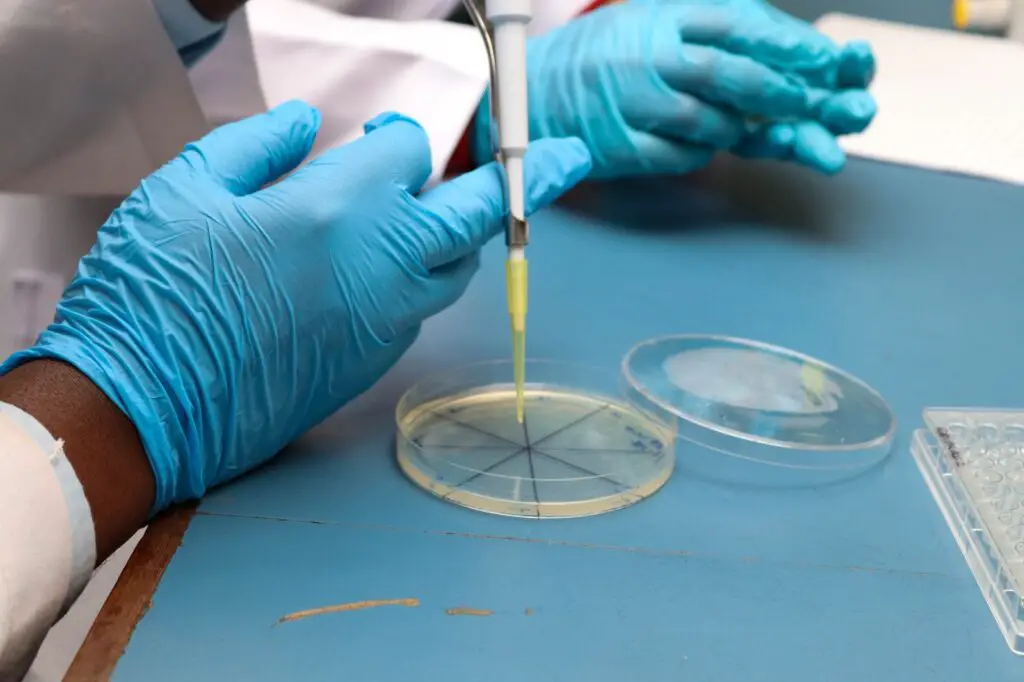In their recently published study, scientists from a tertiary care hospital in Thailand reported an outbreak of multi-drug-resistant (MDR) infections in COVID-19 patients. Upon further investigation, it was found that the bacteria involved were Acinetobacter baumannii. This pathogen is known worldwide to be associated with hospital-acquired infections(HAI), particularly in patients who have relatively longer stays at the hospital. It is not the only pathogen associated with hospital-acquired infection. Infection from this bacterium can quickly lead a person to the intensive care unit (ICU) and even threaten the lives of those in the ICU. Therefore, the presence of this bacterium poses a significant risk to patients, especially those who are immunocompromised.
Among the various arsenals possessed by this pathogen, its capsular structure stands out as an important virulence factor. These structures form a layer surrounding the cell, known as biofilm, which aids the pathogen in evading immunity and surviving in harsh conditions. Biofilm resembles a mucous layer of polysaccharide that covers the bacteria, making it less accessible to drugs and other stress factors. Most bacteria with this type of layer tend to be multidrug-resistant, as drugs cannot effectively reach their target on the surface or inside the cells. Hence to treat such kinds of infections one needs to utilize more potent drugs or antibiotics alternatives.
Bacteriophages are among the promising alternatives to antibiotics. These viruses kill bacteria by infecting and lysing the cell. Many scientists have successfully used these whole viruses to treat bacterial infections. While the success has been remarkable, concerns still linger regarding the use of whole viruses. This raises the question of whether only an active compound can be extracted and utilized. Fortunately, a possible active compound has already been identified.
In lysing the cell, bacteria utilize specialized enzymes called lysins. This is the focus of the scientists, who aim to test its effectiveness in production and its efficacy when acting alone. For production, the scientists utilized well-known recombinant technology. This technology involves the introduction of genetic material coding for a certain protein from one organism to another, causing the recipient organism to produce proteins that are not naturally made in its system. The introduction of the genetic material need a vector, which will carry the gene of interest to a new system. In this case, the scientists transferred the gene for phage lysins to E. coli bacterium and also They used artificial cell free expression system for expression and purification of the endolysin.
The lytic ability of the purified endolysin was studied, and its stability under a broad range of concentrations, temperatures, and pH conditions was characterized and analyzed. Capsular isolates of multidrug-resistant (MDR) pathogens from the outbreak were tested under various conditions. All the clinical isolates and the standard strain of A. baumannii showed a reduction in their viability when treated with phage lysin. Even after 24 hours, no growth was observed.
In the face of escalating antibiotic resistance, clinicians are increasingly finding themselves with limited treatment options for severely ill patients, leading to heightened risks of disease spread, severe illness, and mortality. To mitigate the growing threat posed by multidrug-resistant microorganisms and prevent their further adaptation to existing antimicrobials, it is imperative for researchers to prioritize the development of innovative strategies. The successful utilization of bacteriophages and their products, where antibiotics have failed, exemplifies a promising breakthrough. This underscores the urgent need for continued exploration of bacteriophages as a viable alternative to traditional antibiotics, offering hope for more effective treatments in the battle against antimicrobial resistance.
Have you liked what you have just read, click here to read more related content (phage-related news) like this one and also join our community by following the phage on X(formally Twitter), Facebook, and LinkedIn page
Read more Soontarach, R., Srimanote, P., Arechanajan, B., Nakkaew, A., Voravuthikunchai, S. P., & Chusri, S. (2024). Characterization of a novel bacteriophage endolysin (LysAB1245) with extended lytic activity against distinct capsular types associated with Acinetobacter baumannii resistance. Plos one, 19(1), e0296453.



